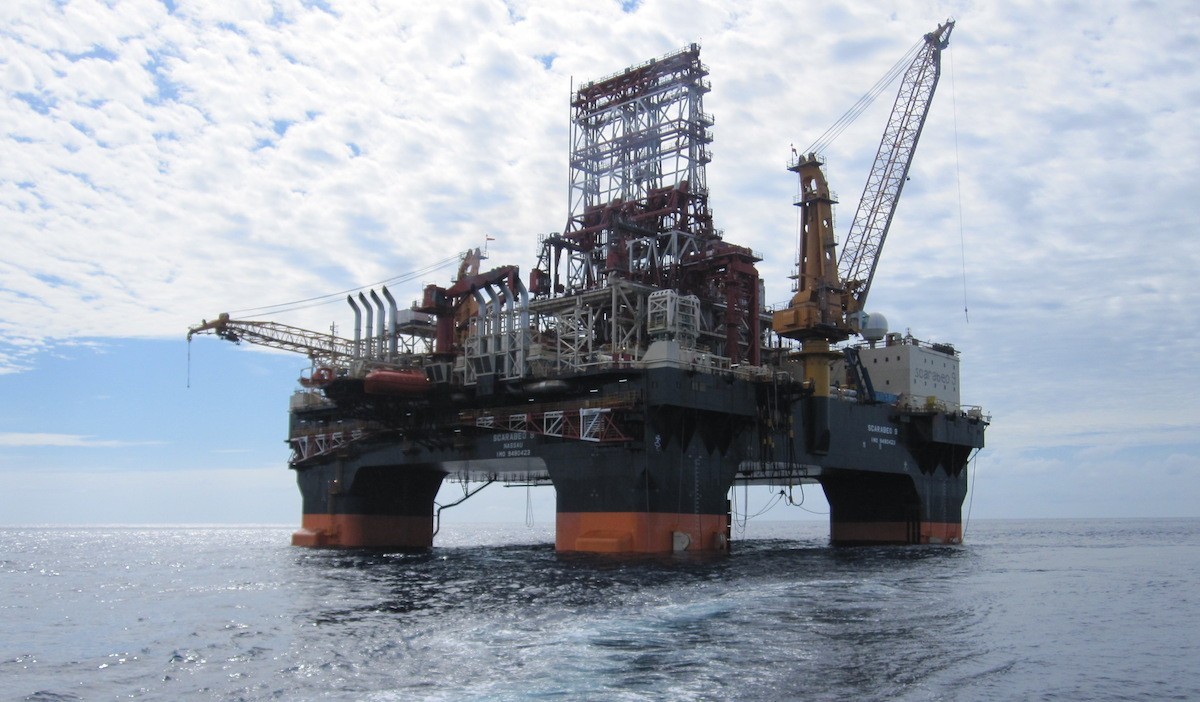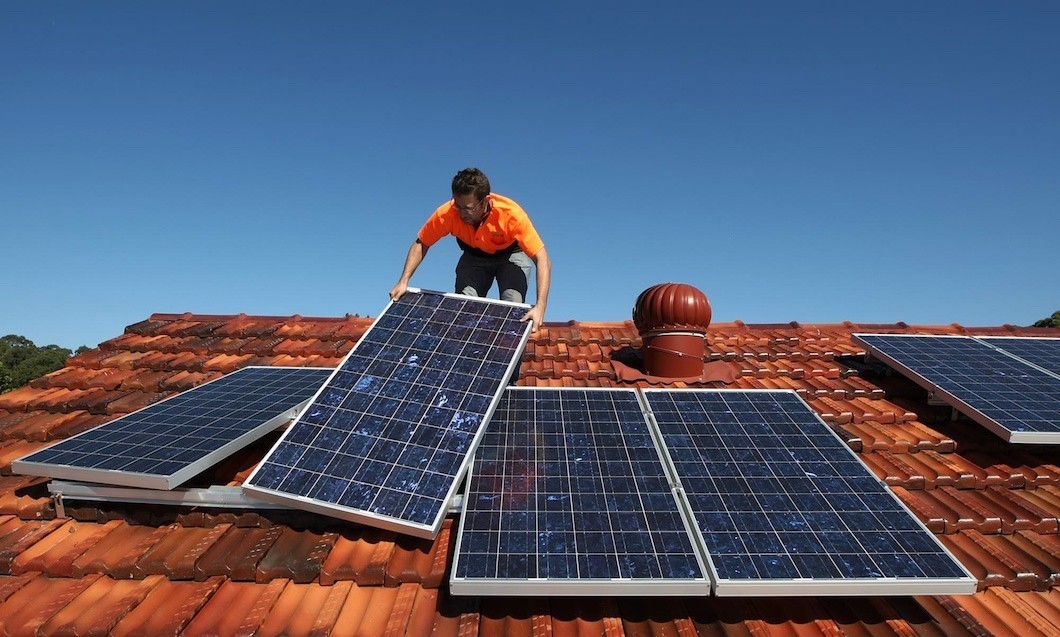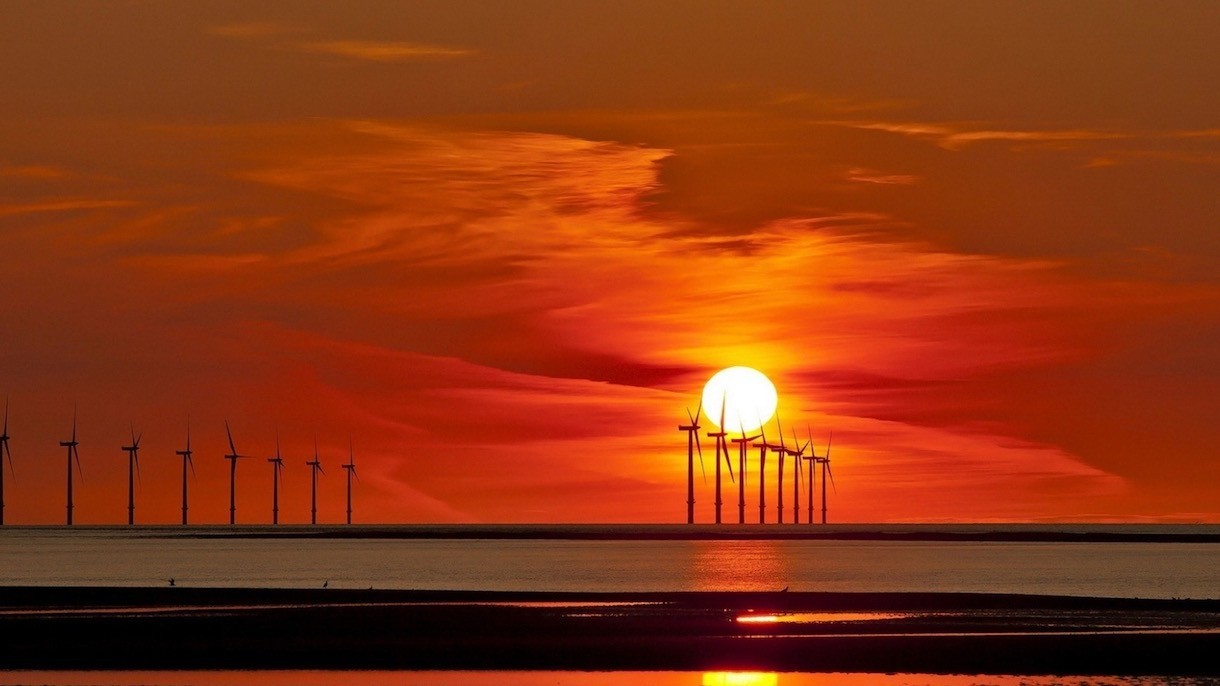Transitioning away from fossil fuel-based energy can’t happen overnight, as banks’ exposure to oil and gas projects are too significant.
Tag: fossil fuels
Egat insists on going ahead with Thepa plant
CONSTRUCTION of the Thepa coal-fired power plant is set to begin in the second quarter of next year, the Electricity Generating Authority of Thailand (Egat) said, even though many locals have refused to sell their land despite facing threats.
Egat has so far insisted that it will build the 2,200-megawatt power plant in Songkhla’s Thepa district, despite strong protests from local people. The Environment and Health Impact Assessment (EHIA) for both the plant and coal transport has also not been approved by the Natural Resources and Environmental Policy and Planning Office (ONEP).
Holding back the sun: Thailand, solar energy and the “base load myth”
Thailand’s Energy policymakers recently announced plans to allow the private sector more access to promote solar power in the Kingdom. But restricting the program to just 100 MW of roof-top installations runs counter to emerging advice from within and experience from abroad, that solar power, and renewables generally are the way forward— not the large, unnecessary energy projects at home and in neighboring countries now driving Thailand’s energy policy.
At the core of this transition is debunking the myth of what’s known as base load: managing that minimal amount of power that is needed 24 hours a day to meet demand. Since electricity demand fluctuates hourly, with peak production in the afternoon when offices, air conditioners, and factories are in full operation, versus the wee hours of the morning when things are more cool and quiet, some power plants run all day long and others just supplement supply when electricity needs rise. Traditional fossil fuel plants have longtime been advanced to service this base load, and Thailand is no different. But techniques in demand management and the ability of solar in particular to meet the high demands during the day can reduce the need for these plants.
A reality check for renewable energy
The clean-and-safe energy revolution is not imminent. In fact, according to the information compiled by Looking Ahead: The 50 Global Trends That Matter,1an annual compendium of data and graphics on subjects ranging from economics to demography to energy, the majority of the planet’s electricity needs will still be fueled by coal and natural gas in 2040—despite strong growth in nonhydro renewables such as wind, solar, and geothermal. The report also expects the shale phenomenon to abate, with Saudi Arabia reasserting itself as the world’s leading oil producer in 2030.
Looking Ahead, which is produced by an independent think tank supported by Abu Dhabi’s Crown Prince Court, does not take a view on these trends; instead, it simply lays out the best available information from a wide variety of sources, including governments, consultancies, think tanks, corporations, and multilateral institutions. The overriding aim of the publication is to highlight issues that matter in compelling visualizations that make it easier for readers to grasp a large amount of interlinked data—and thus better understand both the nature of the problems the world faces and how to address them.





